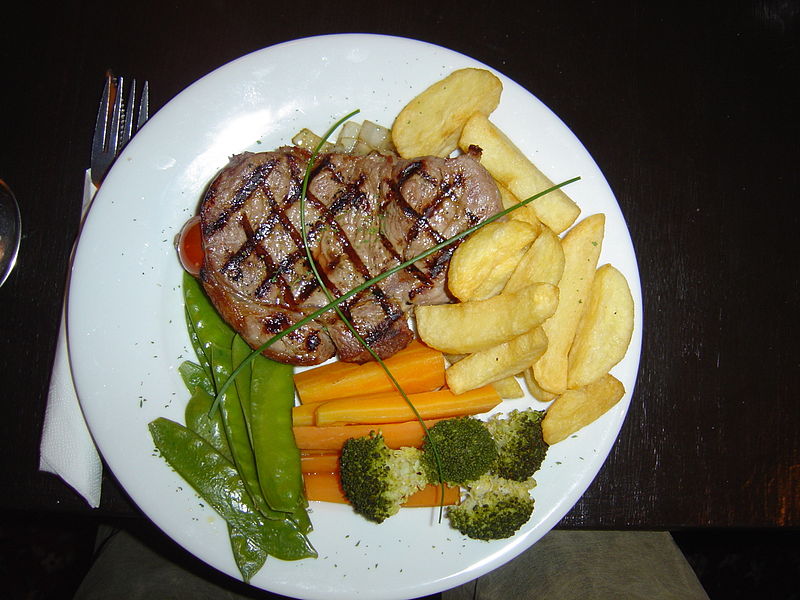
Sports bars or energy bars didn’t exist in their current incarnation until 1986. Now one company alone, Powerfood, makers of the market-leading PowerBar, has yearly sales of more than $30 million. Should you add to its new-found wealth?
You’ve probably seen these things. They weigh a few ounces, come in a shiny wrapper, and for the most part, don’t taste all that great. So why are so many sold? Several reasons, many having to do with great marketing. The main useful reason is that they provide a couple of hundred of easily digestible calories that your body can use almost immediately for energy.
An increasing number of runners find a use for these products in their busy lives. Runners usually eat these bars within 90 minutes of a run when they’re dragging and want something to eat before their run that won’t bother them during the run. These bars certainly fit that bill. Runners also eat them soon after a hard or long workout, when they want to get something in their system to speed recovery but can’t yet stomach “real” food. Some runners also eat hunks of them on long runs, although the new energy gels are supplanting this use. And for people on the go, they’re easy to carry and eat at any time.
No runner needs an energy bar, however. After all, Frank Shorter had already won his second Olympic Marathon medal 10 years before the first energy bar was sold. As an example, a Malt-Nut PowerBar contains 225 calories, with 83 percent of them from carbohydrate, 10 percent of calories from protein, and 7 percent from fat. It sells for about $1.30. Eaten together, a bagel and a banana contain 275 calories, with 84 percent of them from carbs and 8 percent each from protein and fat. They taste better than energy bars to most people, are just as convenient, and cost about half as much.





 If runners’ diets seem strange to most folks, that’s because most people don’t eat as most nutritionists advise. That’s another way of saying that the best diet for runners is the one that everyone should eat. This diet should be low in fat and include a moderate amount of lean, high-quality protein; the majority of calories should come from carbohydrates, especially in the form of fresh fruits and vegetables and whole grains. More than sedentary people, runners gravitate toward this type of diet because it makes them feel better.
If runners’ diets seem strange to most folks, that’s because most people don’t eat as most nutritionists advise. That’s another way of saying that the best diet for runners is the one that everyone should eat. This diet should be low in fat and include a moderate amount of lean, high-quality protein; the majority of calories should come from carbohydrates, especially in the form of fresh fruits and vegetables and whole grains. More than sedentary people, runners gravitate toward this type of diet because it makes them feel better.

 When should you see a doctor for a running injury? Most injuries, especially the softtissue overuse injuries, don’t need medical attention, especially if you treat them right from the start. When an injury drags on, or when you keep running on it and you get injured elsewhere, you start entering the gray area of when to get help. Certainly, any runner whose injury interferes with normal, daily activity for more than a week without improvement should seek medical help.
When should you see a doctor for a running injury? Most injuries, especially the softtissue overuse injuries, don’t need medical attention, especially if you treat them right from the start. When an injury drags on, or when you keep running on it and you get injured elsewhere, you start entering the gray area of when to get help. Certainly, any runner whose injury interferes with normal, daily activity for more than a week without improvement should seek medical help.